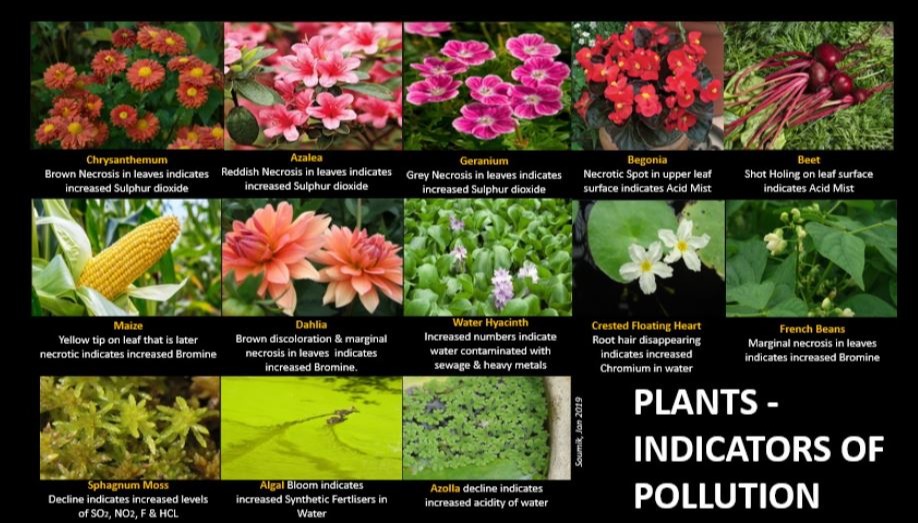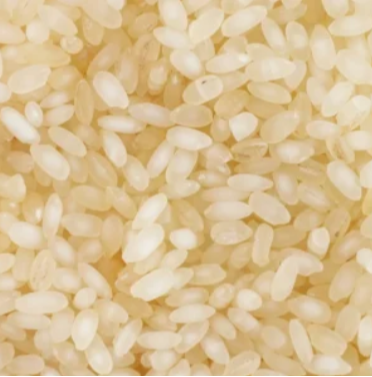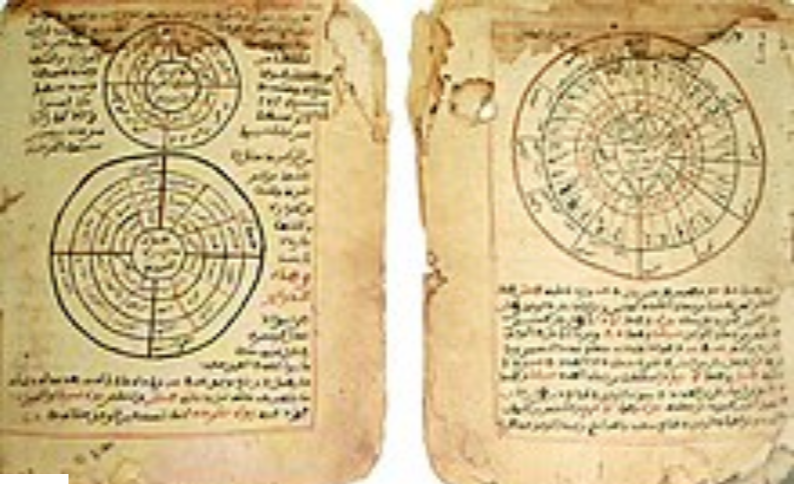ASTROLOGY AS A TOOL FOR PREDICTING RAINFALL
“This article explores the fascinating role of Vedic astrology in weather prediction, particularly rainfall, and its relevance to early agroecology.
This page explores the role of astrology in predicting rainfall, which was crucial for ancient agricultural planning. According to Vedic Sidereal Astrology, planetary positions influence weather patterns, and astrologers would determine the King among the planets at the beginning of each year in the Shaka Samvat calendar. The Minister is typically the planet positioned in the fourth house from the King. These calculations were used to foresee rainfall and climatic conditions for the year.
The text describes how different planets,likes the K,ing impact rainfall. If the *Sun* is the King, moderate rainfall is expected, but people may suffer from ailments like eye afflictions and fever. Additionally, the year may be marked by oppression, disasters, storms, and other disturbances. If the *Moon* becomes King, abundant rainfall is predicted, which is highly beneficial for farming. On the other hand, if *Mars* takes the position, very little rain is expected, leading to possible drought conditions. If *Mercury* is the King, excellent rainfall is anticipated, ensuring a prosperous agricultural season.
| Planet as King | Rainfall | Agricultural Impact |
| Sun | Moderate | Mixed year; health issues |
| Moon | Abundant | Excellent harvest |
| Mars | Poor | Drought, famine |
| Mercury | Excellent | Prosperous season |
| Jupitar | Good | Religious, economic growth |
| Venus | High | Material wealth, emotional void |
| Saturn | Dry | Conflict, drought |
Jupiter and Venus as Kings bring favorable conditions for farmers. If *Jupiter* rules, farmers can expect good rains, while *Venus* as King promises plentiful rainfall and a bountiful harvest. However, if *Saturn* becomes the King, it brings dryness and barrenness to the land, resulting in severe drought and agricultural difficulties.
When the *Moon* is the King of the Year, the land becomes fertile, leading to a bountiful harvest. Additionally, people enjoy good health, and the overall conditions are favorable for both agriculture and society. In contrast, if *Mars* becomes the King, the consequences are disastrous. Crops are destroyed, leading to food shortages. People suffer from poor health throughout the year, and famine may strike, creating hardship for many. The destructive influence of Mars makes it a highly unfavorable planetary ruler for the year.
If *Jupiter* is the King, the text describes an increase in Dharma, meaning faith in religion and righteousness. The land produces abundant grain, ensuring food security and economic stability. Overall prosperity is observed, making this an ideal planetary ruler for farmers and society as a whole.
The rule of *Venus* brings excellent rainfall, making the land prosperous. Granaries overflow with harvested crops, and material wealth is abundant. However, the text notes that despite this prosperity, joy seems to be absent, suggesting that spiritual or emotional well-being may not necessarily accompany material success.
Finally, when *Saturn* is the King, the year is marked by turmoil. There is an unnecessary war between nations, bringing political instability. Additionally, storms and erratic rainfall patterns cause agricultural distress. The scarcity of rain leads to drought conditions, and people face various troubles throughout the year. Saturn’s rule is depicted as a period of hardship and conflict.
Overall, this highlights how different planetary rulers influence the climate, agriculture, and social conditions, emphasizing the ancient belief in astrology as a tool for predicting and preparing for the year ahead.
- TYPES OF CLOUDS
These are the four types of clouds as described in Vedic literature, classified based on the nature of rainfall each type of cloud produces. These types are:
1. Aavarta 🌧️ - These clouds shed rain in small areas randomly, meaning most parts of the land receive no or very little rain.
2. Samvarta 🌧️🌧️ - These clouds bring rain to an entire land.
3. Pushkara 🌫️- These clouds shed rain in very small quantities.
4. Drona 🌊 - These clouds shed rain in excessive amounts.
- MEASUREMENT OF RAINS OR WATER
The ancient Vedic texts describe a detailed method for measuring rainfall and water accumulation. The learned *Munis* (sages) devised a system where the amount of water collected over a specific area was measured using a unit called Aadhaka. According to this system, one Yojana is equivalent to four Kos, and a measurement of 100 Yojanas in length and about 30 Yojanas in width was used to assess rainfall and water storage.
Insight: Early Indian civilizations combined astronomy and hydrology for practical farming guidance.
This method was significant in understanding how much rainfall occurred over a particular region, helping in agricultural planning and water management. By measuring the spread and depth of water, people could predict the fertility of the land, the availability of water for irrigation, and potential drought or flood conditions.
Additionally, Vedic scholars also linked rainfall predictions with planetary movements. They believed that identifying which planet assumes the role of a *King or a Minister* in astrological calculations could help forecast the amount of rain and its distribution. This predictive approach was crucial for planning crop cycles and ensuring food security.
By using both observational and astrological methods, the ancient system provided a comprehensive way to measure and predict rainfall, contributing to the development of early agroecology and sustainable water resource management.
The amount of rainfall can be predicted based on the position of the Sun and the Moon in different zodiac signs. When the *Sun* is in the zodiac sign of *Cancer* and the *Moon* is positioned in *Gemini, Aries, Taurus, or Pisces, an equivalent of *100 Aadhakas* of precipitation can be observed. This suggests that these planetary alignments are favorable for substantial rainfall. However, when the *Sun* is in *Sagittarius* during the first half of the year, the same *100 Aadhakas* of precipitation can be expected. On the other hand, if the *Sun* moves to *Virgo or Capricorn, the expected precipitation decreases to *80 Aadhakas*. This method of prediction, based on celestial positions, was used in ancient times to estimate rainfall and plan agricultural activities accordingly. Farmers relied on these observations to determine the best times for sowing crops and preparing for the monsoon season.
- ESTIMATIONS OF RAINFALL IN THE MONTH OF PAUSH
The estimation of rainfall in the month of Paush (a winter month in the Hindu calendar) was done by observing wind patterns over two and a half days. The learned seers or diviners carefully studied wind velocities and directions during this period to predict rainfall for the entire month.
If the wind blows toward the north or west, it indicates that rainfall is expected. These directions were considered favorable for precipitation. Conversely, if the wind moves toward the south or east, it signifies a lack of rainfall, suggesting dry conditions.
Farmers timed their sowing around these 2.5-day wind readings to avoid crop failure.
Additionally, if the air remains still, it means there will be no rainfall at all. However, if the wind blows intermittently, rainfall will occur sporadically, meaning there will be breaks between rainy periods rather than continuous showers.
This method was used in ancient times to help farmers anticipate weather patterns and plan agricultural activities, ensuring they could prepare for drought or make the best use of expected rainfall.
“This knowledge of astrology empowered ancient farmers to adapt, prepare, and prosper. Today, it reminds us that tradition and science have long worked hand-in-hand.”






